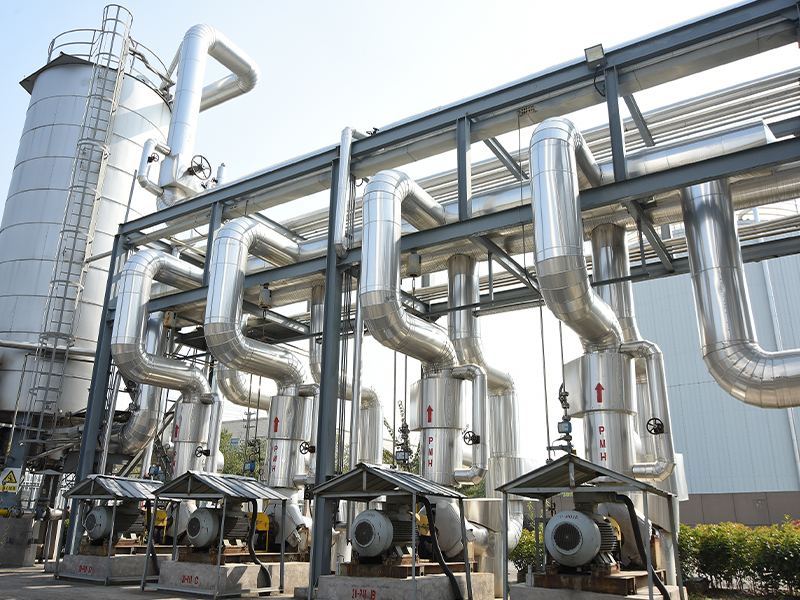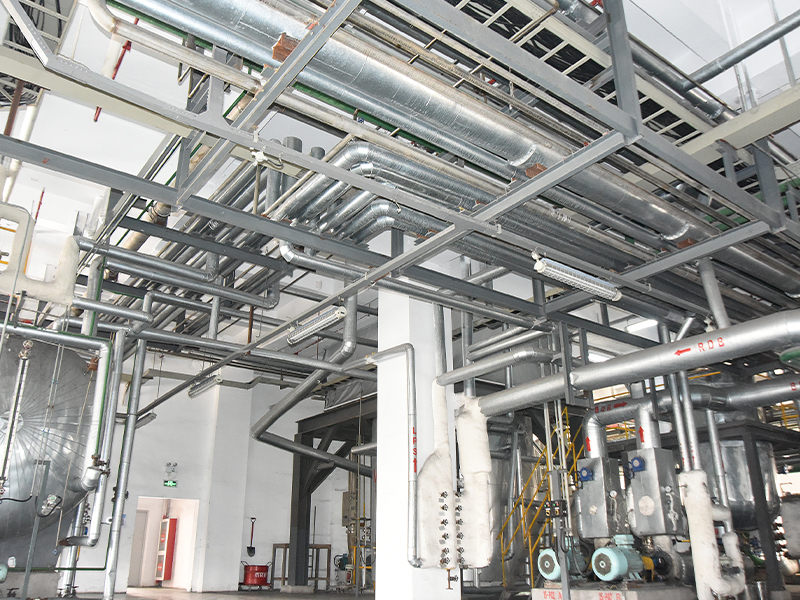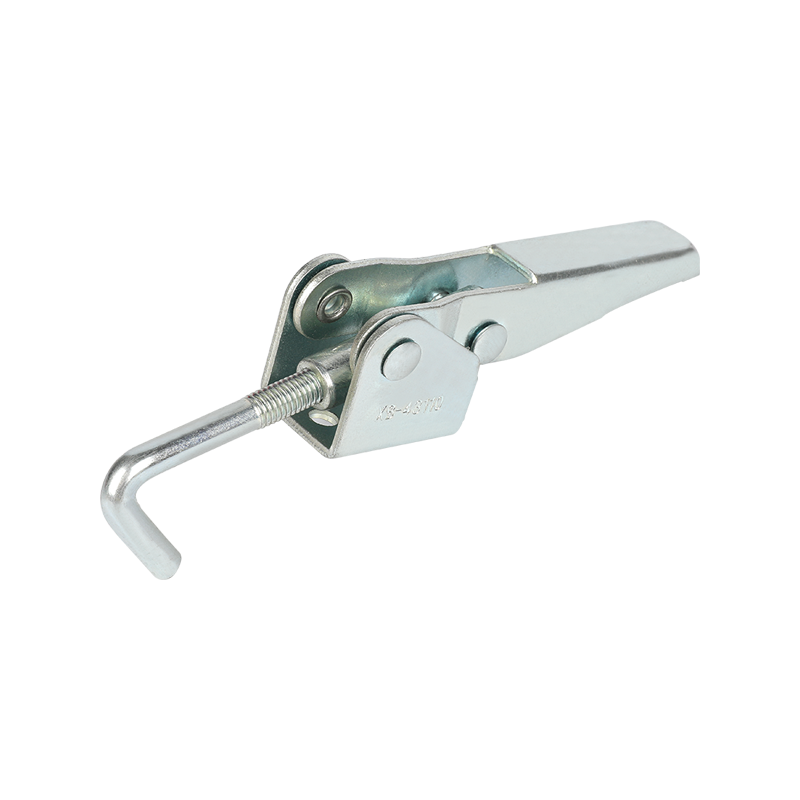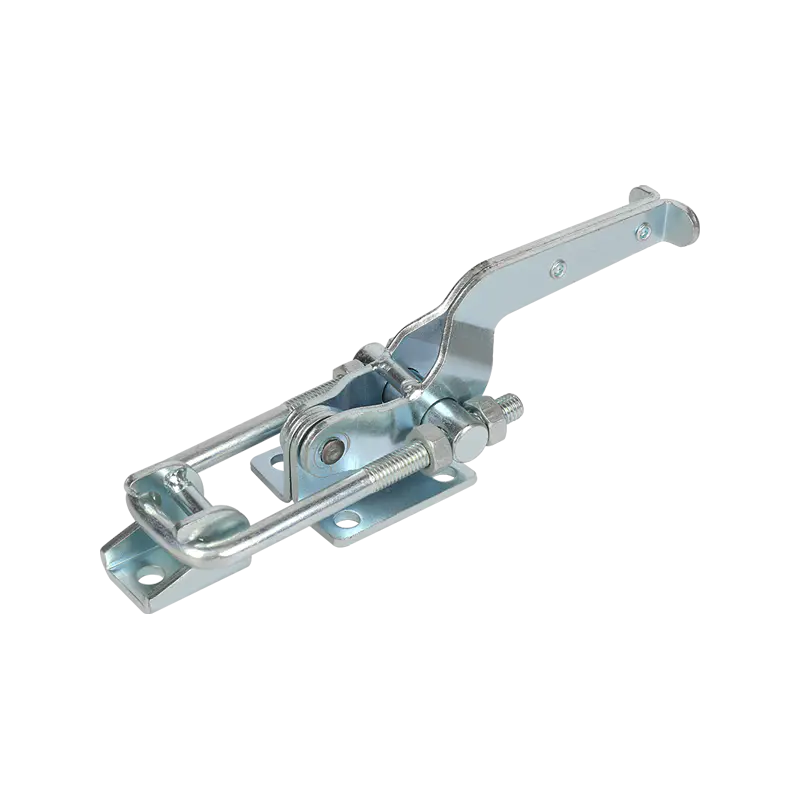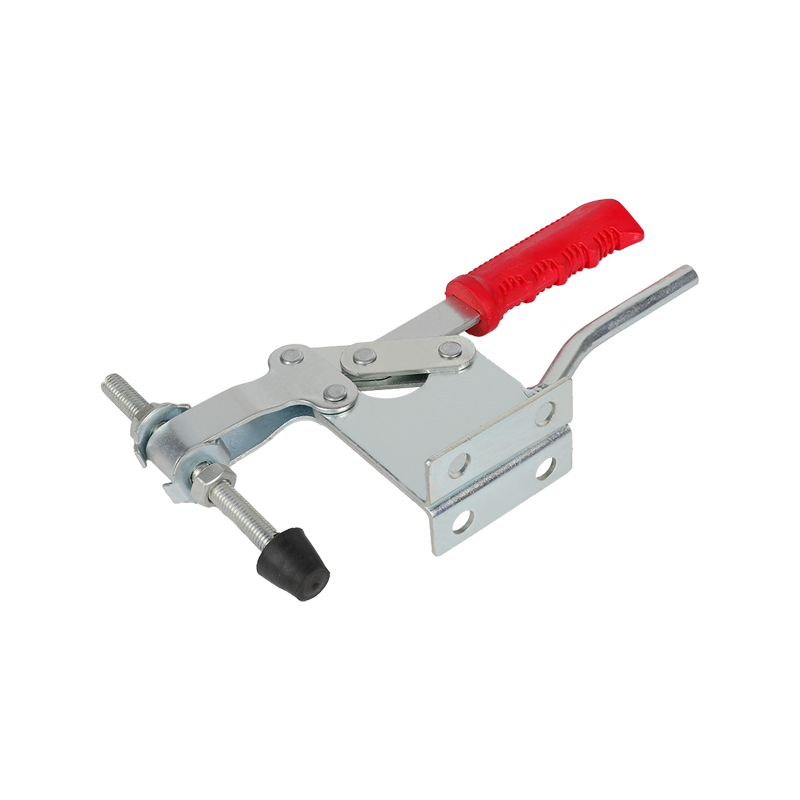1. The key position of the latch toggle clamp in machining
Machining covers a variety of complex processes such as turning, milling, boring, and grinding, and each process has strict requirements for the fixation of the workpiece. A slight deviation may lead to errors in the machining dimensions, reduced surface quality, and even the entire workpiece is scrapped. The emergence of Latch Toggle Clamp provides an ideal solution to this problem. It can provide a strong and stable clamping force for the workpiece, so that it can remain motionless in the face of high-speed rotating tools and severe cutting forces, ensuring the smooth progress of the machining process.
2. Case analysis of automobile engine cylinder block processing
Take the extremely representative scene of automobile engine cylinder block processing as an example. As the core component of the engine, the machining accuracy of the engine cylinder block is directly related to the performance and reliability of the engine. In the cylinder block processing process, boring and milling are two extremely critical high-precision processes.
(I) Application in boring process
The purpose of boring is to process high-precision cylinder holes on the cylinder block. The parameters of these cylinder holes, such as cylindricity, roundness and surface roughness, have a decisive influence on the power output, fuel economy and emission performance of the engine. When boring, the engine block must first be accurately placed on the fixture. At this time, the operator only needs to easily operate the handle of the locking toggle clamp, and the locking toggle clamp will respond quickly. Its unique internal toggle mechanism starts to operate, amplifying the small external force applied by the operator through the ingenious mechanical gain principle, thereby generating a strong clamping force at the chuck position, tightly fixing the cylinder block on the fixture. When the high-speed rotating boring tool is boring the cylinder block, the cylinder block can always maintain a fixed position due to the stable and strong clamping force provided by the locking toggle clamp, ensuring that the boring tool cuts according to the predetermined trajectory. The cylinder bore has a very high cylindricality and the surface roughness reaches an ideal state, laying a solid foundation for the efficient operation of the engine.
(II) Performance in the milling process
The milling process is mainly used to process the plane, groove and other parts of the cylinder block to meet the assembly accuracy requirements between the various components of the engine. Before the milling operation, the locking toggle clamp quickly takes effect and clamps the cylinder block firmly. During the milling process, the milling cutter rotates at high speed and produces violent friction with the surface of the cylinder block, and at the same time generates a large cutting force. However, the locking toggle clamp can effectively resist these external forces with its excellent stability and prevent the cylinder block from displacement or vibration during the processing. This allows the milling process to be carried out accurately according to the design requirements, and the flatness of the processed surface and the dimensional accuracy of the groove can be strictly controlled within a very small error range, greatly improving the overall processing quality of the engine cylinder block.
III. Significant advantages of the locking toggle clamp
(I) Strong and stable clamping force
The design core of the locking toggle clamp lies in its toggle mechanism, which can convert the input of small force into a strong clamping force output. Compared with traditional clamping methods, such as simple bolt tightening or ordinary clamp clamping, the clamping force of the locking toggle clamp is more stable and reliable. During the processing, the traditional method may cause the clamping force to gradually weaken due to factors such as the impact and vibration of the cutting force, thereby causing the workpiece to move. Once the locking toggle clamp is clamped, it can always maintain a stable clamping state to ensure the position accuracy of the workpiece during the entire processing process.
(II) Convenient and efficient operation
In actual production, time is cost. The locking toggle clamp is extremely easy to operate. The operator only needs to simply turn the handle to complete the clamping and loosening actions without the need for other complex tools or cumbersome adjustments. This fast operation method greatly shortens the time for clamping and disassembling the workpiece and improves production efficiency. Especially in the case of mass production, the advantage of the locking toggle clamp is more obvious, which can significantly reduce the downtime of the equipment and increase the output per unit time.
(III) Good adaptability
The shapes, sizes and materials of the workpieces involved in mechanical processing are different. The locking toggle clamp has good adaptability and can meet diverse processing needs. By replacing the chucks of different shapes and sizes, it can easily cope with various complex workpieces. For workpieces of different materials, such as metal, plastic, wood, etc., the locking toggle clamp can provide appropriate clamping force, which will neither damage the workpiece due to excessive clamping force nor cause the workpiece to be fixed loosely due to insufficient clamping force.
IV. Comparison with traditional fixing methods
(I) Comparison with bolt fastening method
Bolt fastening is a more common traditional fixing method. When using bolts to fasten workpieces, operators are required to tighten the bolts one by one. Not only is the operation process cumbersome, but it is also difficult to ensure that the force of tightening the bolts is completely consistent, which can easily lead to uneven force on the workpiece and deformation or displacement during the processing process. In addition, bolt tightening is also time-consuming when disassembling, and tools such as wrenches are needed to loosen the bolts one by one. The locking toggle clamp can be quickly clamped and loosened by simply turning the handle. It is easy to operate and can ensure that the workpiece is evenly stressed, greatly improving the processing efficiency and quality.
(II) Comparison with ordinary clamps
Although ordinary clamps can fix the workpiece to a certain extent, there is a big gap between the stability of the clamping force and the convenience of adjustment and the locking toggle clamp. The clamping force of ordinary clamps is often limited, and when facing large cutting forces, it may not be able to effectively fix the workpiece. When adjusting the clamping position and force, ordinary clamps usually require more complicated operations, such as adjusting screws, replacing gaskets, etc. The locking toggle clamp can quickly adjust the size and position of the clamping force through simple handle operation to meet the processing needs of different workpieces.
V. Promoting the development of the mechanical processing industry
The wide application of locking toggle clamps in the field of mechanical processing has had a positive and far-reaching impact on the development of the entire industry. It improves the processing accuracy and quality of products, significantly improves the performance of mechanical products, and thus enhances the competitiveness of enterprises in the market. At the same time, its efficient operation method shortens the production cycle, reduces production costs, and creates greater economic benefits for enterprises. The continuous innovation and development of locking toggle clamps has also promoted the progress of mechanical processing technology, prompting enterprises to continuously explore more advanced and efficient processing methods, and injecting new vitality into the sustainable development of the mechanical processing industry.
Industry News
Industry News
Apr 24, 2025 POST BY ADMIN
Latch Toggle Clamp: A reliable fastening partner for machining
Message Feedback
News & EVENT
Product Categories
Recent Posts
If You Are Interested
In Our Products,
Please Consult Us
In Our Products,
Please Consult Us
Copyright © 2023 Shanghai Bingshuo Hardware & Machinery Co., Ltd. All Rights Reserved.
OEM/ODM Industrial Stainless Steel Hardware Latch Toggle Clamp Suppliers
Privacy
 English
English Español
Español русский
русский